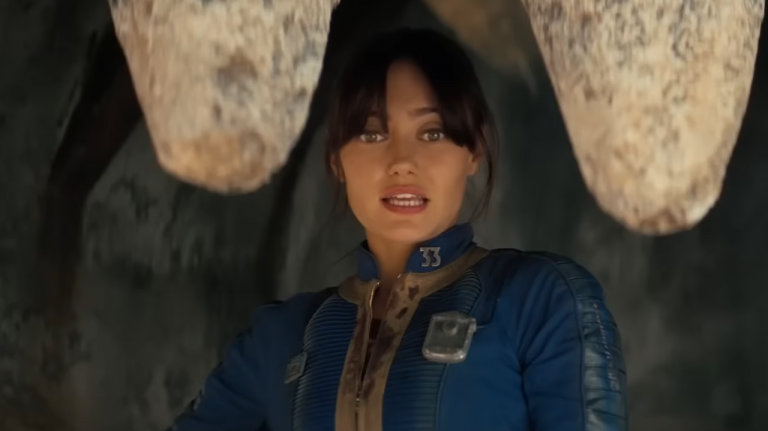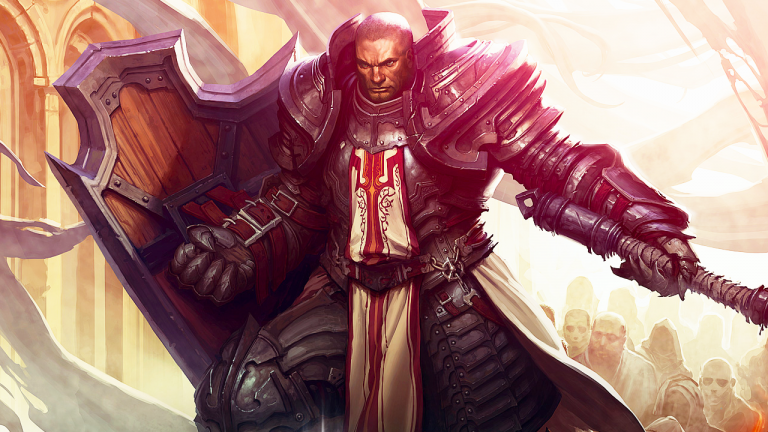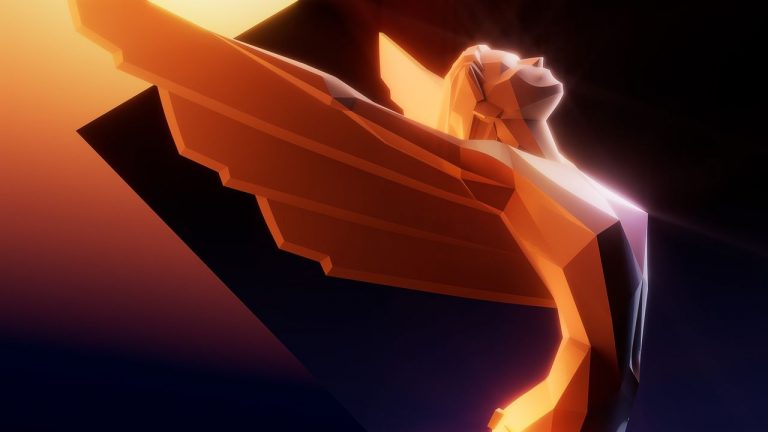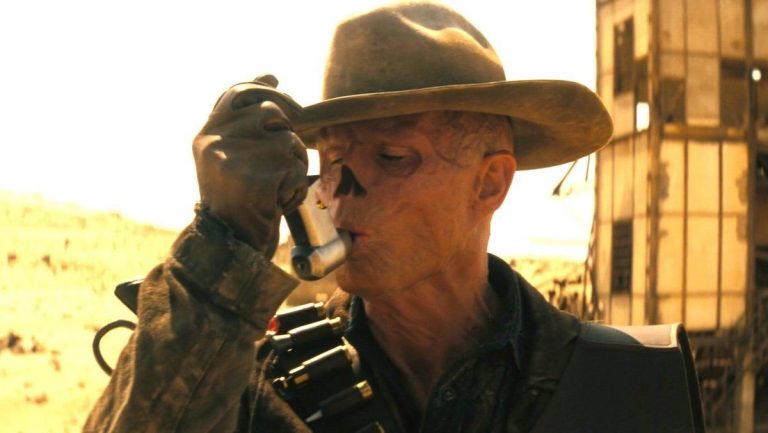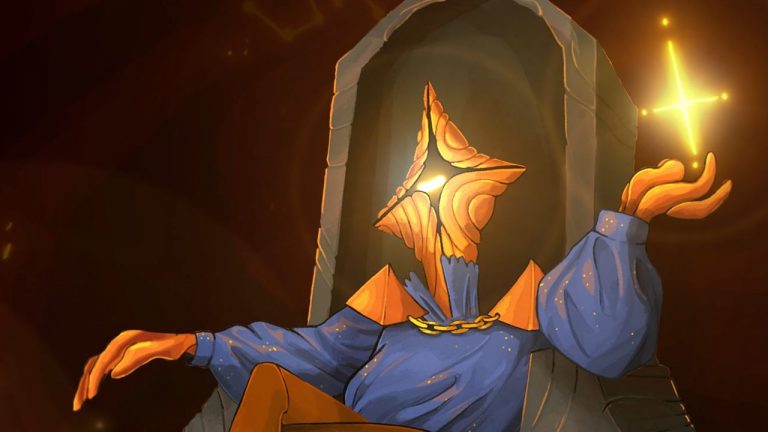Spend enough time running errands and beating up thugs in the Like a Dragon (née Yakuza) series, and you’ll likely be able to find your way around Tokyo’s real-life red light district, Kabukichō—that’s how close to the real thing Sega got with its fictional recreation of Kamurochō. Over some 20 years of games Sega has famously reused big chunks of the Kamurochō map, allowing its developers to crank out new Like a Dragon games at a rapid pace while focusing their efforts on creating new assets where they’ll make the biggest impact.
This is a well-known strength of the series, but less appreciated is how the composition of Japan’s dense urban centers has made them uniquely enjoyable for repeated visits across multiple games.
“Why has the Like a Dragon series been able to create games that differ, sometimes even in genre, while using the same locations across them?” asked RGG studio design manager Eiji Hamatsu, who’s been involved in the art production of the series since 2005’s Yakuza. Don’t worry—there’s no quiz. Hamatsu followed up the question with an answer.
“One of the reasons is the presence of zakkyo buildings,” which Hamatsu defined as the “multi-tenant buildings symbolic of Japanese city centers.” You can almost certainly picture the cacophony of bright vertical signs that these buildings have in common, many of them advertising tiny bars, restaurants and shops that could be two or three or eight floors up from street level.
“There are two major benefits you gain from these buildings,” Hamatsu said. “One is the visual image of a glamorous entertainment district. The other is the diversity of experiences that can be obtained from multiple different shops crammed into a limited amount of space. In Kamurochō, moving across one wall or ascending one flight of stairs can create a completely different scene or experience.”
(Image credit: Sega)
(Image credit: Sega)
(Image credit: Sega, Ryu Ga Gotoku)
(Image credit: SEGA)
Urban planners rave about this aspect of Tokyo’s architecture, but it’s as relevant to making good open world games as it is smart, walkable, mixed-use urbanism IRL.
“In western cities, stores are usually located on the ground floor. Because of this, I believe a certain amount of spaciousness is required to create a western city,” Hamatsu said. He pointed out that the new map of Hawaii, added in Like a Dragon: Infinite Wealth, ended up being the largest in the series because it’s much flatter and more spread out.
Kamurochō, by contrast, “is a city where shops with completely different business types can coexist without contradiction,” he said. “Kamurochō is able to appear again and again in Like a Dragon, depicting all the different experiences each game provides. This is because it’s an exceptional kind of space that encapsulates a confined, but high density, experience, which also shows constant change over time.”
It’s certainly possible for game developers to reuse environments more sprawling than Kamurochō across multiple games, but extrapolating from Hamatsu’s observations, there are a couple reasons why it’s tougher to pull off. One: Modifying the map to suit new missions or events isn’t as effective when, say, plopping a seedy bar right next to a Maison Margiela shop will ring false. When your map is largely single-story, you need far more space to believably fit in a variety of new locations.
Two: The bigger the space the less memorable it is and the more likely we are to simply dash through it to reach a destination, making it both less fun to navigate by mental map and making new developments less likely to be exciting or even noticeable. But when you can hold the entirety of a place like Kamurochō in your head and something new pops up, it makes more of an impact.
(Image credit: Ryu Ga Gotoku / Sega)
(Image credit: Ryu Ga Gotoku / Sega)
The design of a city like Kamurochō obviously wouldn’t work for a period-set open world game like, say, Red Dead Redemption 2, but how many bloated modern cities have you had to wander through in the last decade that could’ve benefited from Like a Dragon’s approach to density? I’m guessing at least a few. The solution is clear in my mind: we just need to build a shitload of zakkyo buildings in every other city in the world. Games will naturally follow suit.



